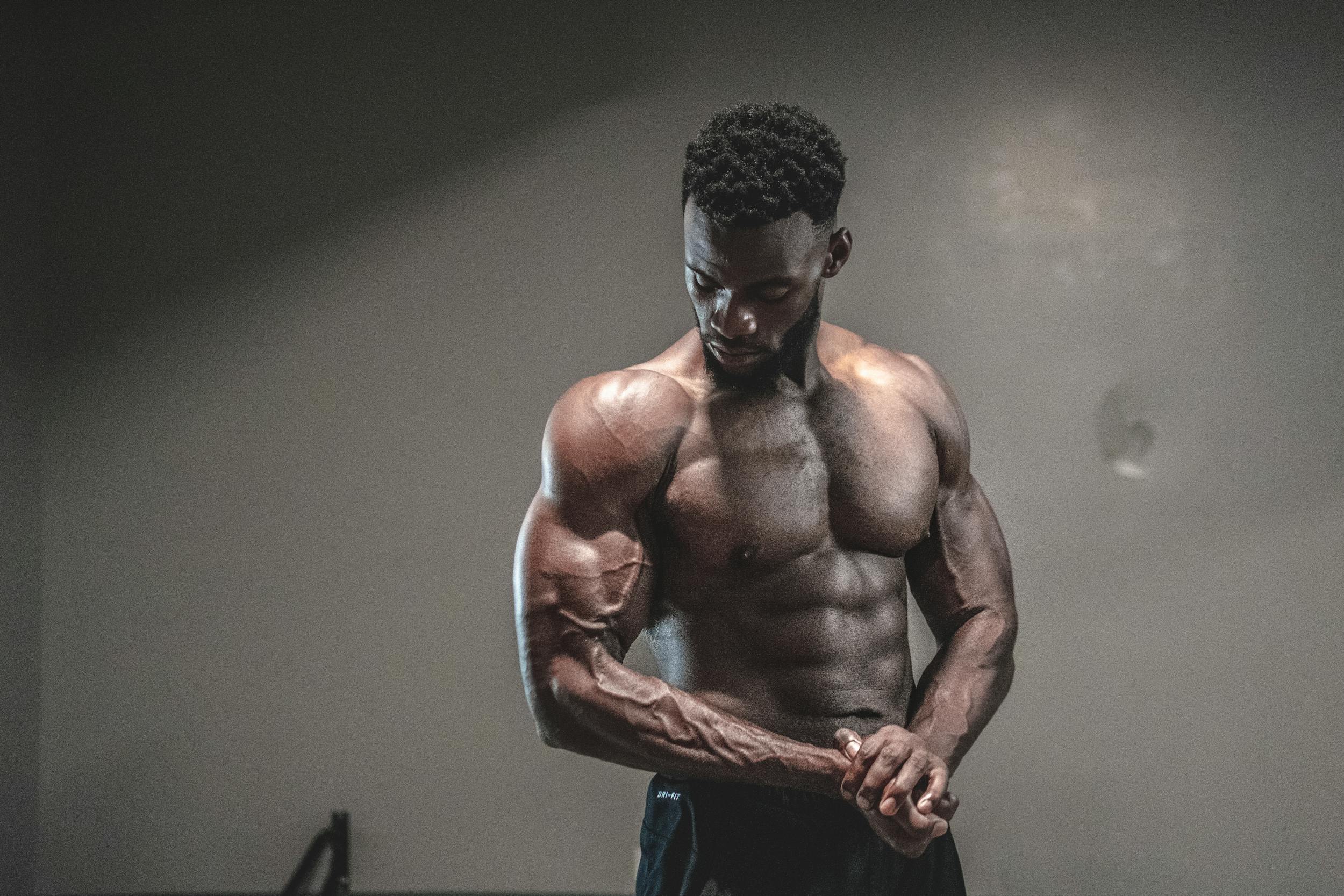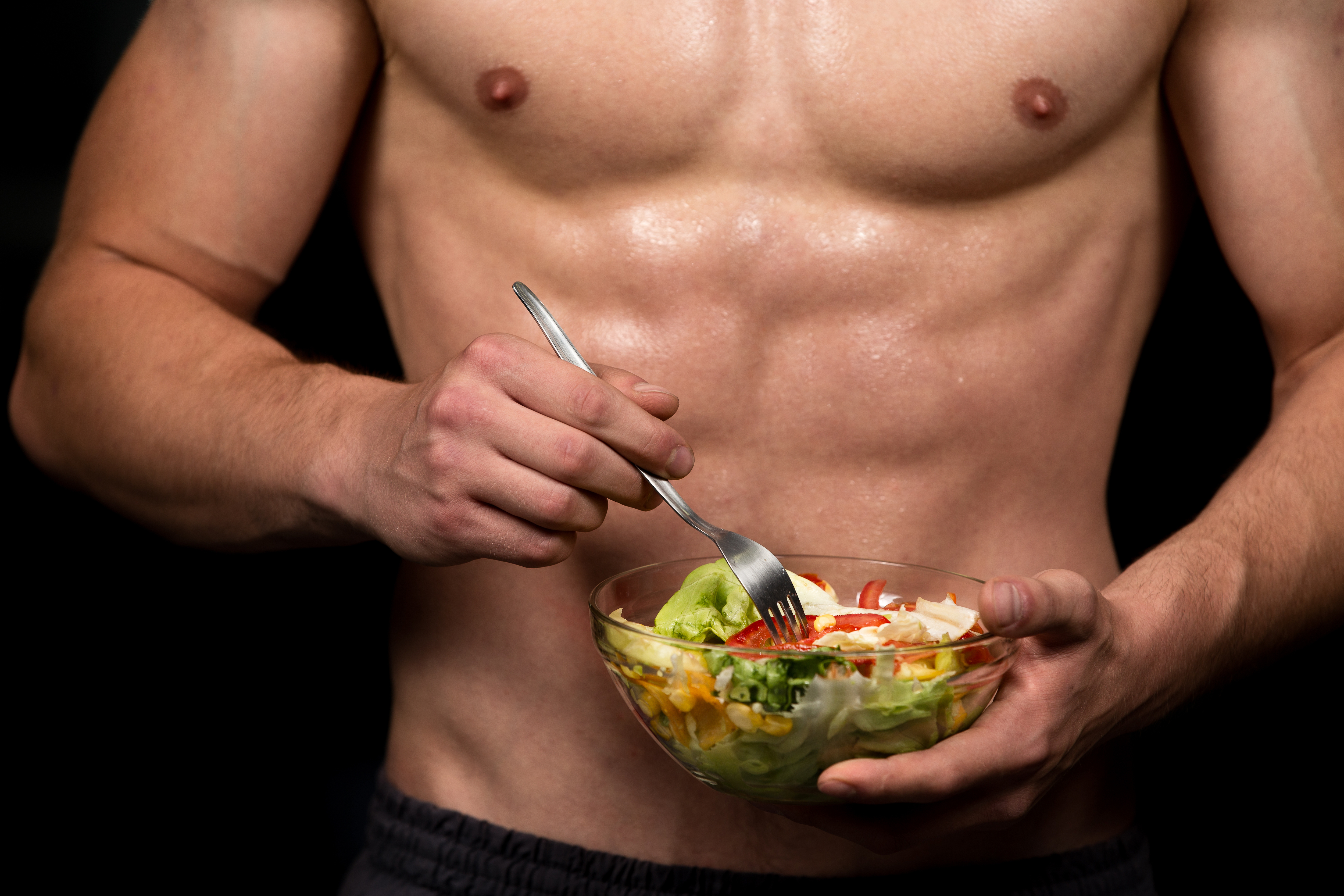Losing weight can have tremendous benefits for anyone, but you may desire to take it further by losing weight without losing your muscle mass. As a trainer, I constantly have clients looking to take this approach, and this is more than doable with some careful planning. For example, following a low-calorie and high-protein diet can be an effective way to lose weight while maintaining muscle mass.
A cutting diet prioritizes nutrient-dense vegetables, lean proteins, and whole grains to reduce calorie intake, stimulate fat loss, and minimize loss of muscle mass. So, if these are also your top priority as you embark on your weight-loss journey, you should know how to cut to get your desired result. It is time to dive in!
What is cutting?

Cutting means eating in a calorie deficit to stimulate fat loss while maintaining as much muscle mass as possible. Bodybuilders and fitness enthusiasts usually follow this diet to lose weight. The difference between a cutting diet and other weight loss diets is that you typically adopt strength training while on your diet. Also, a cutting diet is specific to each individual, as calories and protein intake can differ.
Though your energy levels may be low, you are encouraged to be consistent with your exercise regimen to maintain muscle mass while losing weight.
What are the benefits of cutting?

The most significant benefit of cutting is that it promotes fat loss and improves muscle appearance. Cutting can also enhance insulin sensitivity and help those with type 2 diabetes regulate their blood sugar.
Losing weight through cutting improves heart health and reduces the risk of stroke. This is because excess weight makes it harder for the heart to move blood through the body. However, losing weight reduces the strain on the heart and pressure on the blood vessels.
Lastly, cutting encourages better athletic performance. It improves speed, agility, and mobility for athletes, which is why a cutting diet may be recommended for some athletes before a competition.
How long should a cut last?

A cut typically lasts two to four months, depending on how much fat you want to lose. The timing may revolve around athletic events, bodybuilding competitions, or holidays. While a cutting diet is usually tailored to individual needs, it is not long-term. A study stated that “competitive bodybuilders traditionally follow two to four-month diets in which calories are decreased, and energy expenditure is increased to become as lean as possible.”
7 tips for a successful cut

Maintain a moderate calorie deficit
Calories in food provide energy for the body. The amount of calories you need per day depends on your weight, lifestyle, sex, height, and frequency of exercise. But for a cut, you need to consume fewer calories than your body needs so it can burn fat for energy and lead you to lose weight. However, you must do this moderately to make it sustainable and avoid drastic weight loss.
Eat a high-protein diet
Protein is an essential bodybuilding food source, as it can help you stay full for longer, boost your metabolism, and contribute to muscle mass. So, while you cut, you should eat a high-protein diet. Prioritize foods like eggs, beans, quinoa, lean beef, fish, shellfish, Greek yogurt, milk, cottage cheese, chicken, ground turkey, etc.
Continue strength training
Strength training helps you maintain muscle mass when cutting. So, it’s vital to be consistent with it while on your diet. You may not be as energetic as you would be with your regular diet, so you don’t need to do intense workouts; just be consistent.
Stay consistent with cardio
By performing cardio, you can increase your metabolic rate and burn more calories while cutting. This will help you lose weight faster. The cardio form you choose doesn’t need to be too intense either — feel free to stick to walking on the treadmill or going for a hike.
Hydrate adequately
Drinking enough water will help you stay fuller, suppress your appetite, and minimize hunger pangs. It will also flush out toxins, waste, and excess water weight from your body. When cutting, you always want to choose water over other beverages that are calorie-rich.
Monitor your progress weekly
Everybody wants to see results after they put in the work of dieting and exercising — it is a motivating factor. Therefore, do not fail to monitor your progress weekly so you can tell if your diet is working or if you need to incorporate something new. It will also help you quickly detect a plateau when it occurs as well.
Have a game plan for plateaus
A plateau occurs when you follow the same diet and exercise routine for an extended time, your body gets accustomed to it, and you stop seeing progress. So, to have a successful cut, you should make plans for when you experience a plateau. This can include changing the intensity of your workouts or eating fewer calories.
Frequently asked questions

What is the 30/30/30 rule?
The 30/30/30 rule involves eating 30 grams of protein within 30 minutes of waking up and then doing 30 minutes of low-intensity workouts. This rule is aimed at helping people kickstart a behavioral lifestyle change that will positively impact their weight loss routines. Although there is no solid evidence or research to back it, there are claims that the 30/30/30 rule will result in weight loss.
How to cut your body fast?
Follow the tips we have discussed so far, and you will be sure to get maximum results from cutting. Remember to practice mindful eating, avoid sugar, get adequate sleep, drink plenty of water, manage stress, and maintain a calorie deficit.
Do you lose muscle when cutting?
Yes, you can lose a little muscle. To cushion the loss, adopt strength training and eat plenty of protein while dieting to build muscle as you lose weight.




